7 Must Try Remedies To Get Rid Of Pitted Acne Scars
By: Priyanka Maheshwari Thu, 14 Sept 2023 3:25:51
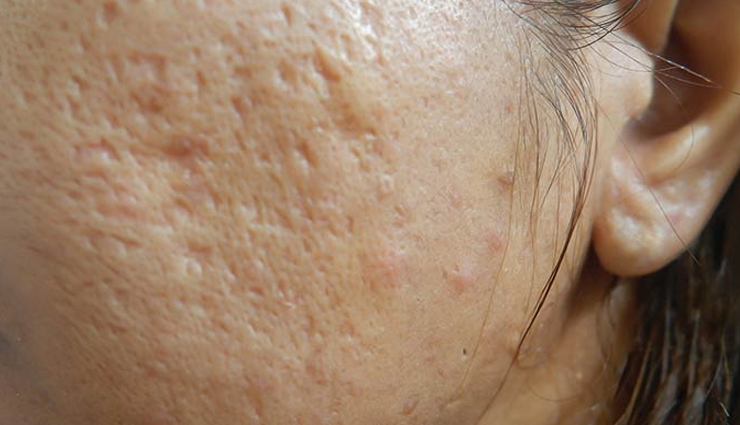
Pitted acne scars, also known as atrophic acne scars, are a common and often distressing dermatological condition that can affect individuals who have previously experienced moderate to severe acne outbreaks. These scars result from the loss of tissue or collagen beneath the skin during the healing process of acne lesions. Pitted acne scars are characterized by small, depressed, and irregularly shaped indentations in the skin's surface, which can give the skin a rough or uneven texture.
The development of pitted acne scars can be influenced by various factors, including the severity and duration of the acne, genetics, and individual skin types. These scars can occur in different forms, such as icepick, boxcar, or rolling scars, each with distinct characteristics and appearances.
Pitted acne scars can have a significant impact on an individual's self-esteem and confidence, leading many people to seek treatments and interventions to improve their skin's texture and appearance. There are several medical and cosmetic procedures available that can help reduce the appearance of pitted acne scars, such as laser therapy, dermal fillers, microneedling, chemical peels, and more.
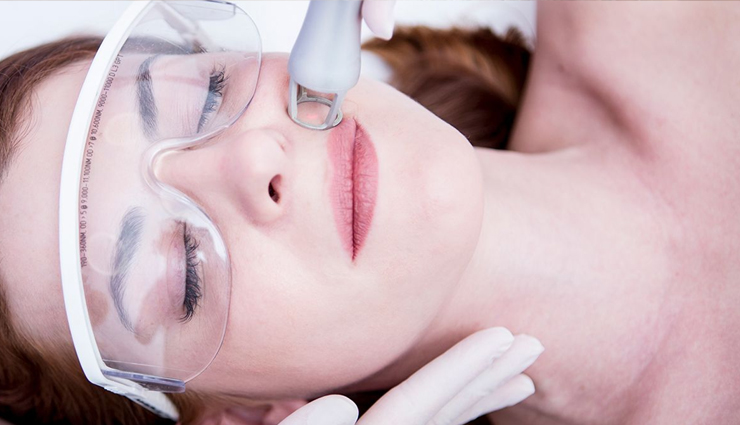
# Laser Resurfacing
Laser resurfacing can be performed through two distinct approaches: ablative and non-ablative techniques. Ablative laser resurfacing involves the removal of a small layer of skin, revealing a smoother texture underneath.
On the other hand, non-ablative laser resurfacing operates by generating heat and encouraging collagen production. This type of laser treatment deliberately induces controlled damage to initiate the body's natural wound-healing response. It also stimulates dermal fibroblasts to replenish lost collagen and elastin. Laser resurfacing is a swift, non-invasive procedure typically requiring 6 to 8 sessions for optimal results.
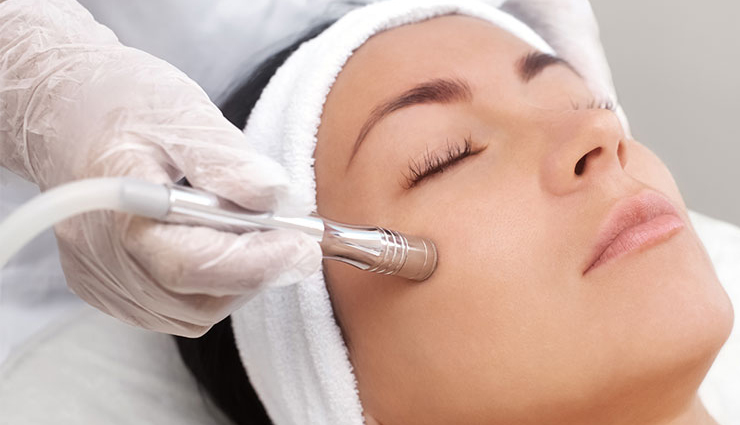
# Dermabrasion
The procedure involves the removal of the epidermis to reconfigure the structural proteins within the reticular dermis, which is the deeper layer of the dermis. This process effectively restructures the collagen in the papillary dermis without causing harm to the reticular dermis. It is particularly well-suited for addressing rolling scars or boxcar scars. It's worth noting that this treatment may heighten the risk of increased sensitivity to the sun and potential photodamage. Therefore, it is crucial to take steps to protect your skin post-treatment in order to prevent hyperpigmentation.
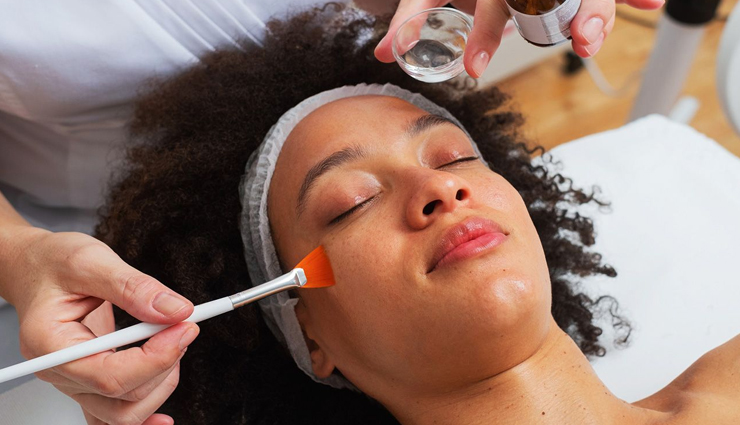
# Chemical Peeling
Topical agents are applied to the skin to facilitate exfoliation, effectively removing dead skin cells from the surface. This process is aimed at reducing scarring and unveiling revitalized skin beneath. This controlled procedure serves to enhance collagen production in the vicinity of scars. The choice of chemical agents and their concentrations depends on the specific type of scarring being addressed. Frequently employed peeling agents include glycolic acid and salicylic acid.
Moreover, combinations of retinaldehyde with glycolic acid and retinoic acid with glycolic acid have shown promise in potentially diminishing the appearance of pitted acne scars.
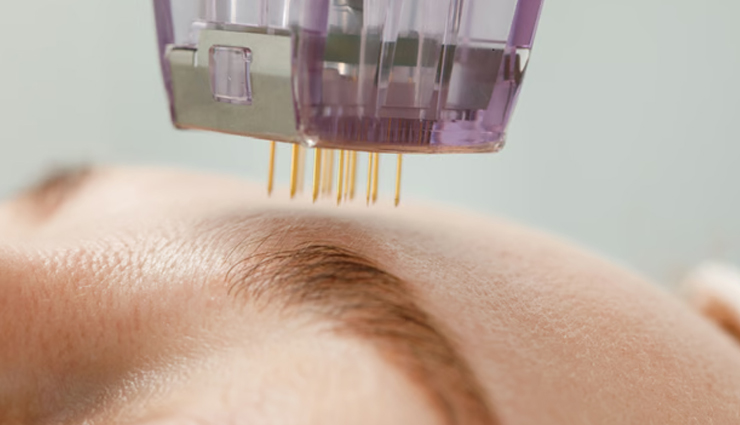
# Microneedling With Radiofrequency
Radiofrequency energy is harnessed to firm the skin and reduce the appearance of pitted acne scars. Microneedling, a method that promotes skin repair through controlled micro-injuries to stimulate collagen production, can be enhanced when combined with radiofrequency. This combination allows the energy to penetrate deeper into the skin, eliciting a more significant inflammatory response and facilitating the remodeling of dermal collagen. As a result, this procedure stands as an effective and low-risk technique for addressing indented scarring.
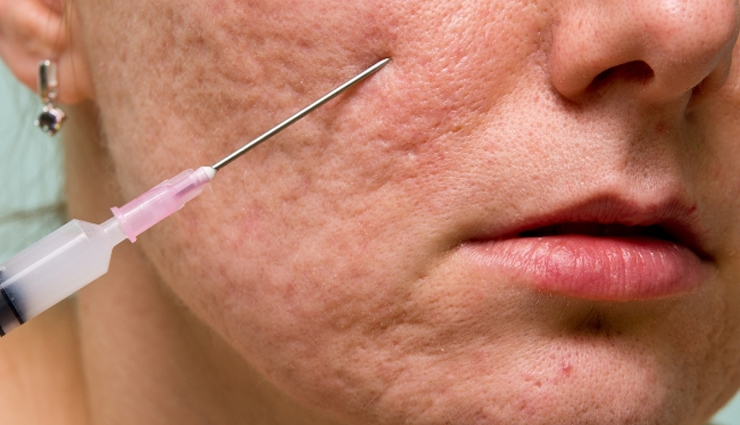
# Fillers
This technique entails the use of dermal fillers to level pitted acne scars, resulting in a smoother skin texture. These fillers enhance the volume of the soft tissue, with hyaluronic acid being a frequently employed option. Hyaluronic acid filler effectively adds volume to the scar and requires no recovery downtime. It's important to note, though, that this approach offers only a temporary solution because the body's enzymes gradually break down the fillers over time.
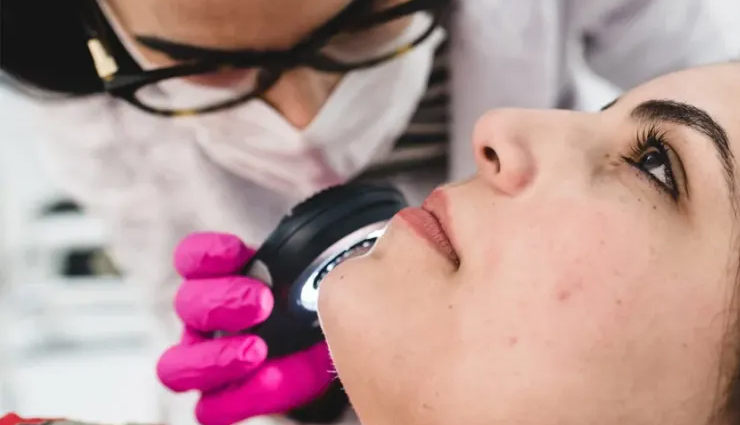
# Subcision
Subcision is a procedure in which a needle is inserted beneath the acne scar to disrupt the collagen tether. This action, by cutting the fibrous structure beneath the dermis, elevates the scar and stimulates the formation of new collagen. To attain the desired outcome, multiple sessions are typically necessary. Subcision is particularly effective in enhancing the appearance of rolling scars. For even more favorable results, it can be combined with other scar revision techniques.
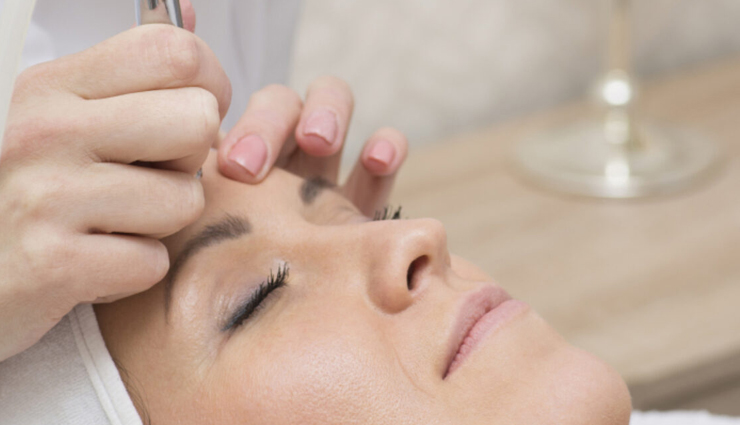
# Punch Techniques
These treatments encompass three main categories:
I) Punch Excision: This method involves cutting out the scar and then skillfully stitching it together to create a less conspicuous scar. It is typically favored for addressing icepick scars and boxcar scars.
II) Punch Grafting: In this procedure, the scar is excised, and it is then replaced with skin obtained from another area of the body. Punch grafting is primarily used to reduce the appearance of icepick scars and often necessitates 20 or more replacement grafts during a single session.
III) Punch Elevation: This approach involves removing the scar, lifting the tissue, and suturing it at a slightly higher level than the surrounding skin. Punch elevation is the preferred method for diminishing the visibility of boxcar scars.
These treatments can be effective in minimizing pitted acne scars. However, it's essential to emphasize that preventing the formation of these scars is always the preferred course of action.
Another treatment option that can be beneficial is platelet-rich plasma therapy (PRP), also known as the "vampire facelift" or "vampire facial." In this procedure, platelet-rich plasma containing fibroblasts and epidermal growth factors is injected subdermally into acne scars while utilizing microneedling, often yielding excellent results.
In addition to these topical treatments, the supplementation of oral collagen sachets can further enhance the overall outcomes of these scar-reducing treatments.





